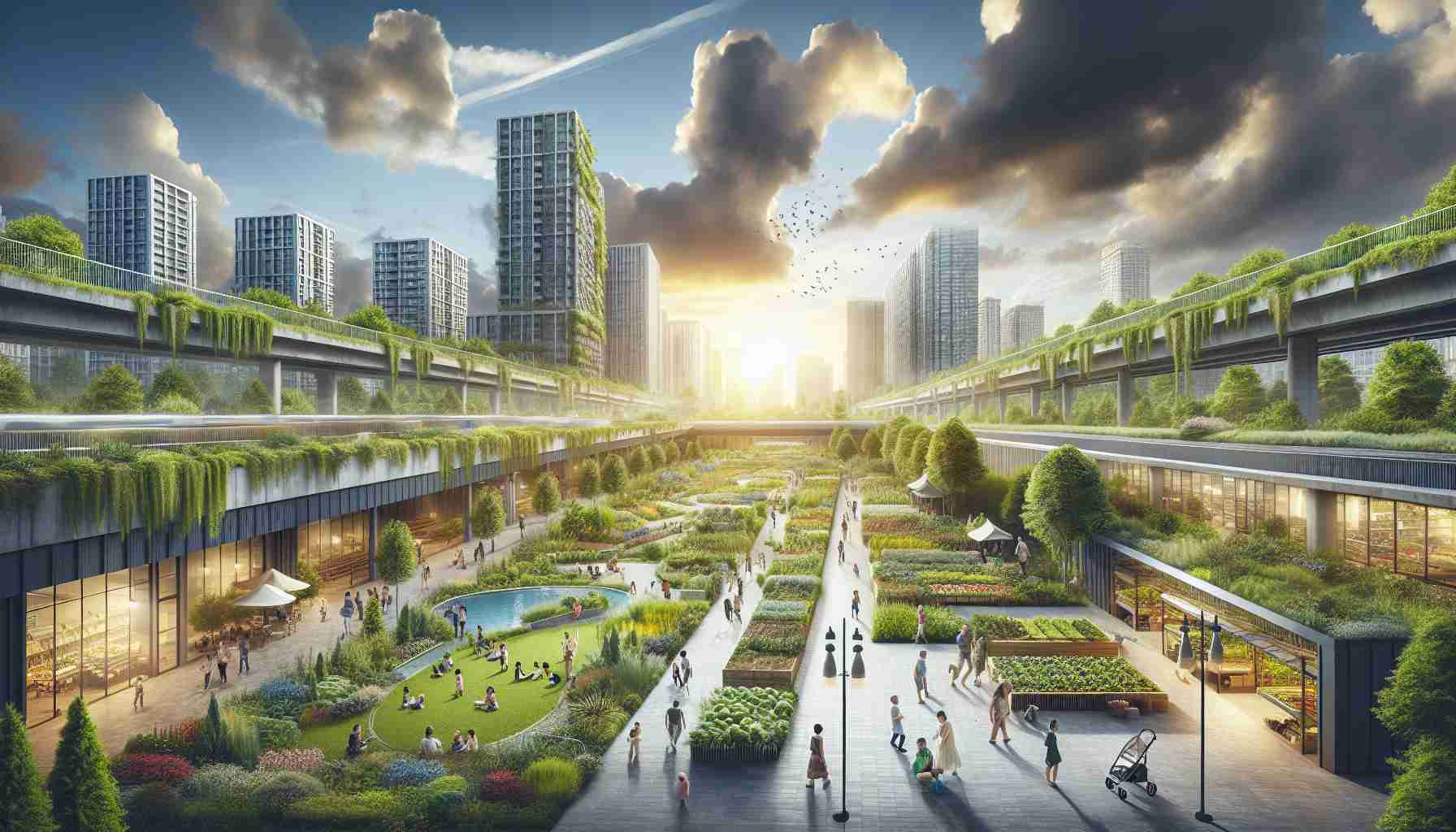
New Beginnings: Transforming Urban Green Spaces
Recent Developments in Urban Green Spaces
A significant incident took place in Santa Cruz de Tenerife that has sparked conversations about the management of urban trees. The removal of five tulip trees in the Orche area by municipal authorities has raised concerns among various local organizations and community groups.
Reimagining Urban Landscapes
In the quest to balance environmental preservation and public safety, the divergence of opinions between governmental decisions and community perspectives has come to the forefront once again. Rather than viewing tree management decisions as arbitrary, there is a growing call for a collaborative approach that values the voices of both experts and residents.
Building Sustainable Futures
The incident serves as a catalyst for broader discussions on urban planning and the integration of nature within cities. As communities strive for sustainable futures, it becomes imperative to rethink traditional practices and explore innovative solutions that enhance the urban green infrastructure while maintaining a safe environment for all.
Exploring New Dimensions of Urban Green Spaces
As the dialogue surrounding urban green spaces continues to evolve, it is essential to delve into additional aspects that shape the landscape of these crucial environments. How can cities effectively balance the need for greenery with other urban development priorities? What innovative strategies exist to transform underutilized spaces into vibrant green oases within urban areas?
Uncovering the Intersection of Health and Green Spaces
Beyond the aesthetic appeal of green areas, research increasingly highlights the significant health benefits associated with urban green spaces. From improved air quality to enhanced mental well-being, the presence of greenery in urban landscapes can profoundly impact the quality of life for residents. How can cities leverage this knowledge to prioritize the creation and maintenance of green spaces within urban planning frameworks?
Addressing Equity and Access in Urban Green Spaces
One key consideration in the realm of urban green spaces is the equitable distribution of these resources across diverse communities. Disparities in access to well-maintained parks and green areas highlight issues of social justice and inclusion within cities. What measures can municipal authorities take to ensure that all residents, regardless of socio-economic background, have equal access to the benefits of urban green spaces?
Challenges and Controversies in Urban Green Space Development
Despite the numerous advantages associated with urban green spaces, challenges and controversies persist in their development and maintenance. Competing interests between conservation efforts and urban expansion raise questions about the prioritization of green spaces in city planning. How can municipalities navigate these complexities to strike a balance that serves both environmental conservation goals and the evolving needs of urban populations?
Advantages and Disadvantages of Urban Green Space Transformation
The transformation of urban green spaces presents a multitude of benefits, including improved air quality, enhanced biodiversity, and increased community cohesion. However, challenges such as limited space availability, maintenance costs, and conflicting urban development objectives may hinder effective green space transformation efforts. How can cities effectively weigh these advantages and disadvantages to create sustainable and inclusive green spaces that cater to the needs of present and future generations?
For further insights into the dynamic relationship between urban environments and green spaces, exploring resources from renowned organizations such as World Bank can provide valuable perspectives on sustainable urban development practices.